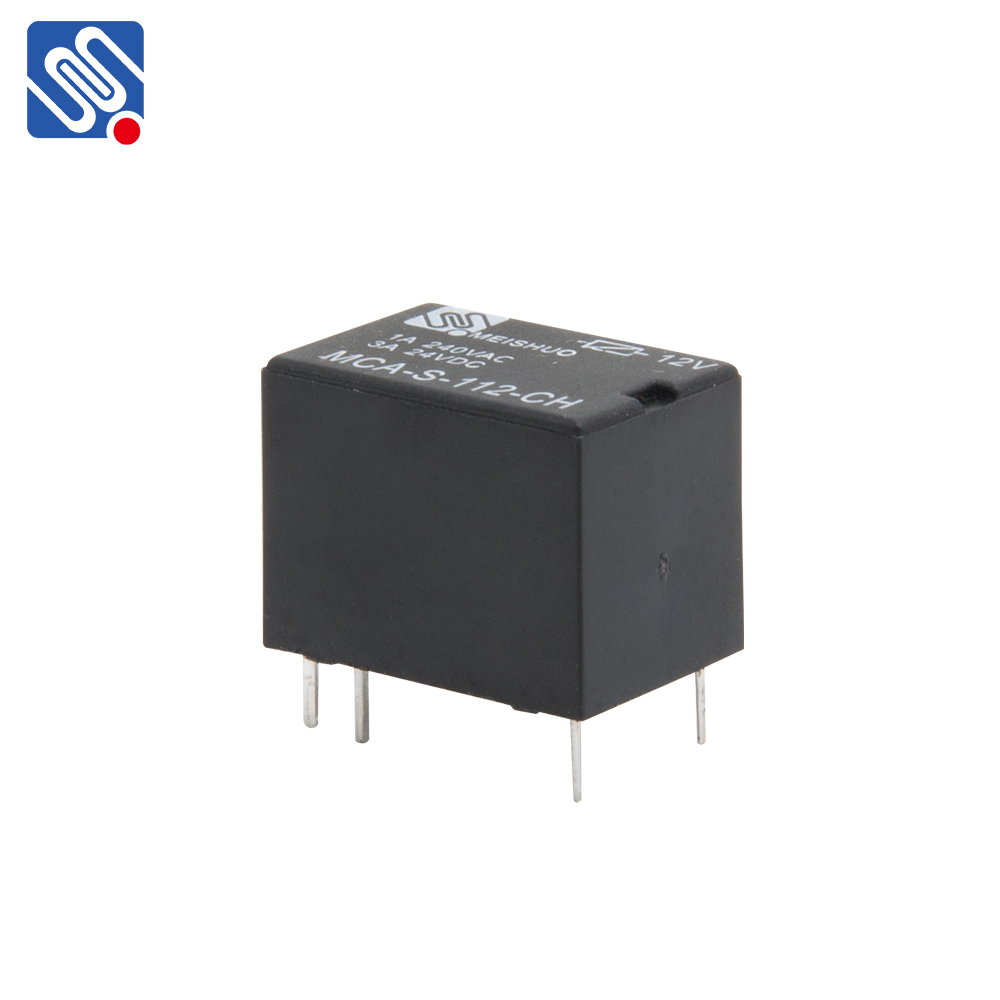In today’s fast-paced world, communication technologies have evolved drastically, pushing the boundaries of how information is transmitted. One of the most significant advancements in wireless communication is the development of wireless relays. A wireless relay system is a crucial component that enhances the performance and reliability of wireless networks by improving signal transmission, extending coverage areas, and ensuring uninterrupted communication. In this article, we will explore the concept of wireless relays, their applications, and how they are transforming communication systems.

What is a Wireless Relay? A wireless relay is a device that retransmits or amplifies a wireless signal from a source to a destination, typically across longer distances than a direct wireless connection could reach. This is done by receiving the signal at a certain frequency and then forwarding it on a different frequency or the same frequency but with enhanced power. Wireless relays serve as intermediaries, ensuring that signals are transmitted efficiently over large areas, especially when obstacles like buildings or natural terrain hinder direct communication. Wireless relays are especially crucial in networks where signal strength and quality can degrade due to distance or physical obstructions. They bridge the communication gap by forwarding the signal, improving overall network performance and extending coverage to areas that would otherwise be difficult to reach with a direct connection.